Greenjoy - Guro Branch [Tax Refund Shop] (그린조이 구로)
7.3Km 2024-04-22
121-4, Gurodong-ro, Guro-gu, Seoul
-
Samcheong Park (삼청공원)
7.3Km 2024-03-18
44, Insadong-gil, Jongno-gu, Seoul
+82-2-2148-4150
Samcheong Park is a park that blooms in cherry blossoms in spring and fall colors in fall near Gyeongbokgung Palace. The park is home to a forest library and a café, and visitors can follow the trails to find acupressure trails, exercise equipment, badminton court, tennis court, playground, and a convenience store. The area surrounding the park is home to many galleries and restaurants, so it is a popular destination for walking among the people of Seoul.
Changdeokgung Injeongmun Gate (창덕궁 인정문)
7.3Km 2025-01-14
99, Yulgok-ro, Jongno-gu, Seoul
+82-2-3668-2300
Serving as the main gate of Injeongjeon Hall, Injeongmun Gate was established in 1405 (5th year of King Taejo’s reign during the Joseon dynasty). Later on, the gate was destroyed by multiple fires during the Imjin War (Japanese invasion of Korea in 1592), therefore current form of the establishment displays designs that are more often seen in the late 19th century's. In addition, a lot
of subsidary marks and buildings are removed from the original places and relocated passing the time, however, still remains to represent prestigious ambience.
Injeongmun Gate served as the place for several coronation ceremonies of kings, prince's succession of throne, and many other national affairs celebrated by the royal members who gathered and aligned around this gate.
Imperial Palace Boutique Hotel (임피리얼 팰리스 부티크 호텔)
7.3Km 2021-03-09
221, Itaewon-ro, Yongsan-gu, Seoul
Situated in the heart of Itaewon, an international shopping district in Seoul, Imperial Palace Boutique Hotel has the perfect location for business and leisure travelers. The guestrooms are decorated with pop-art paintings to give a more comfortable and trendy ambience. The hotel also provides a conference room, gym, dining options, and more.
Olive Young - Guro Digital Complex Branch [Tax Refund Shop] (올리브영 구로디지털)
7.3Km 2024-04-22
1F, 43, Digital-ro 34-gil, Guro-gu, Seoul
-
Ganggangsullae Sillim Branch (강강술래 신림동)
7.3Km 2021-03-26
1660, Nambusunhwan-ro, Gwanak-gu, Seoul
+82-2-886-9233
It is a place where family gatherings and group dining are available. This Korean dishes restaurant is located in Gwanak-gu, Seoul. The most famous menu is marinated grilled ribs.
GAMMEEOK (감미옥)
7.3Km 2021-03-18
166-1, Jong-ro, Jongno-gu, Seoul
+82-2-2269-6933
A restaurant specializing in seolleongtang (ox bone soup) for over 30 years now. The best menu at this restaurant is ox bone soup. This is a Korean cuisine located in Jongno-gu, Seoul.
Banyan Tree Club & Spa Seoul (반얀트리 클럽 앤 스파 서울)
7.3Km 2021-06-22
60, Jangchungdan-ro, Jung-gu, Seoul
+82-2-2250-8000
Banyan Tree Club & Spa Seoul is a membership club & hotel operated by Banyan Tree Hotel & Resort, Singapore’s top resort brand. The new urban resort is a place where visitors can enjoy quality spa services while taking in a panoramic view.
Located on Namsan Mountain in the center of Seoul, Banyan Tree Club & Spa Seoul consists of three buildings: the Club, the Hotel and the Festa. Facilities include an outdoor sports center and other luxurious amenities like an outdoor pool, 23 cabanas, a sauna, fitness center, driving range, tennis court, outdoor playing field, spa, and kids’ club. The hotel houses 34 suites with private relaxation pools, and 16 members-only club rooms. The two Presidential Suites located on the top floor offer a fantastic night view of Seoul and Namsan Mountain.
Lush Korea - Sillim Branch [Tax Refund Shop] (㈜러쉬코리아 신림점)
7.3Km 2024-04-19
330, Sillim-ro, Gwanak-gu, Seoul
-
Jongmyodaeje (Royal Ancestral Memorial Rite of Joseon) (종묘대제)
7.3Km 2022-10-05
157, Jong-ro, Jongno-gu, Seoul
• 1330 Travel Hotline: +82-2-1330 (Korean, English, Japanese, Chinese) • For more info: +82-2-3210-4806, +82-2-6011-1067
Jongmyodaeje, Korea’s Royal Ancestral Memorial Rite, is a traditional ritual that has been recognized with many important designations. It is a UNESCO Masterpiece of the Oral and Intangible Heritage of Humanity, Important Intangible Cultural Property No. 56 (Jongmyo Jerye), and Korea’s Important Intangible Cultural Property No. 1 (Jongmyo Jeryeak). The ritual is held yearly on the first Sunday of May. It begins with eogahaengnyeol, the fabulous royal parade dating from the Joseon dynasy, which is truly a sight to behold as it moves through the modern city.
Jongmyodaeje originated as a royal ancestral ritual to honor the past kings and queens of the Joseon dynasty. During the Joseon era, the ritual was held five times a year (spring, summer, autumn, winter, and December) until it was abolished by Japanese colonial rule. In 1969, Jongmyodaeje was reinstated and has been held in May every year since.
Jongmyo Shrine, the destination of the procession, was the setting of ceremonial rituals during the Joseon dynasty. Originally, Jongmyo only referred to Jeongjeon (Main Hall) where the memorial tablets of Joseon’s reigning kings and queens are enshrined. Today, however, Jongmyo also encompasses Yeongnyeongjeon (Hall of Eternal Peace) where the tablets of posthumous kings and queens are enshrined and Gongsindang (Hall of Meritorious Subjects) where the tablets of esteemed ministers of the state are kept.
![Greenjoy - Guro Branch [Tax Refund Shop] (그린조이 구로)](http://tong.visitkorea.or.kr/cms/resource/15/2880215_image2_1.jpg)

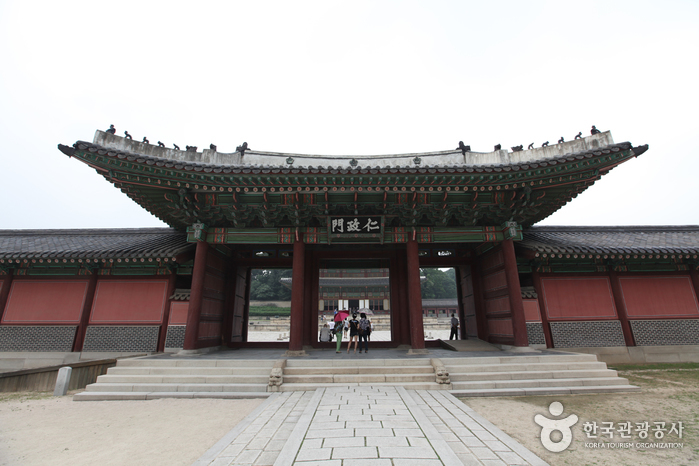
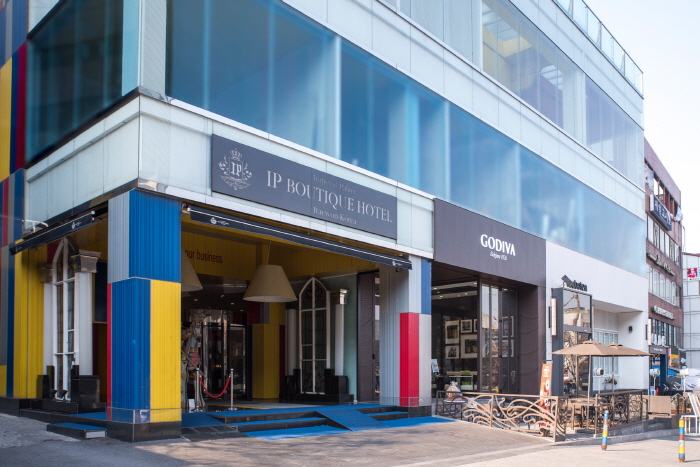
![Olive Young - Guro Digital Complex Branch [Tax Refund Shop] (올리브영 구로디지털)](http://tong.visitkorea.or.kr/cms/resource/34/2880234_image2_1.jpg)
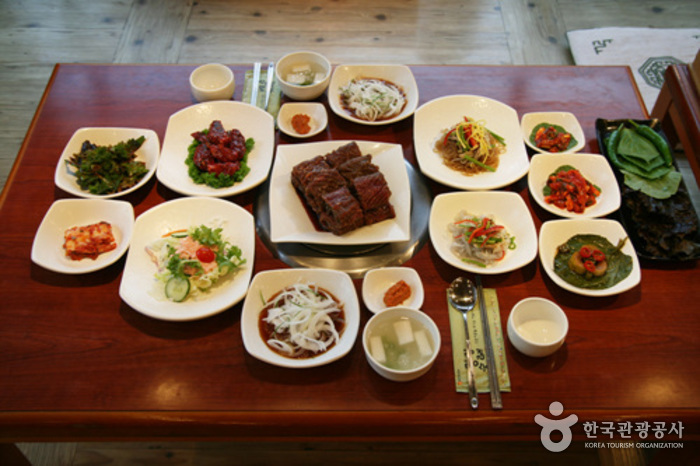
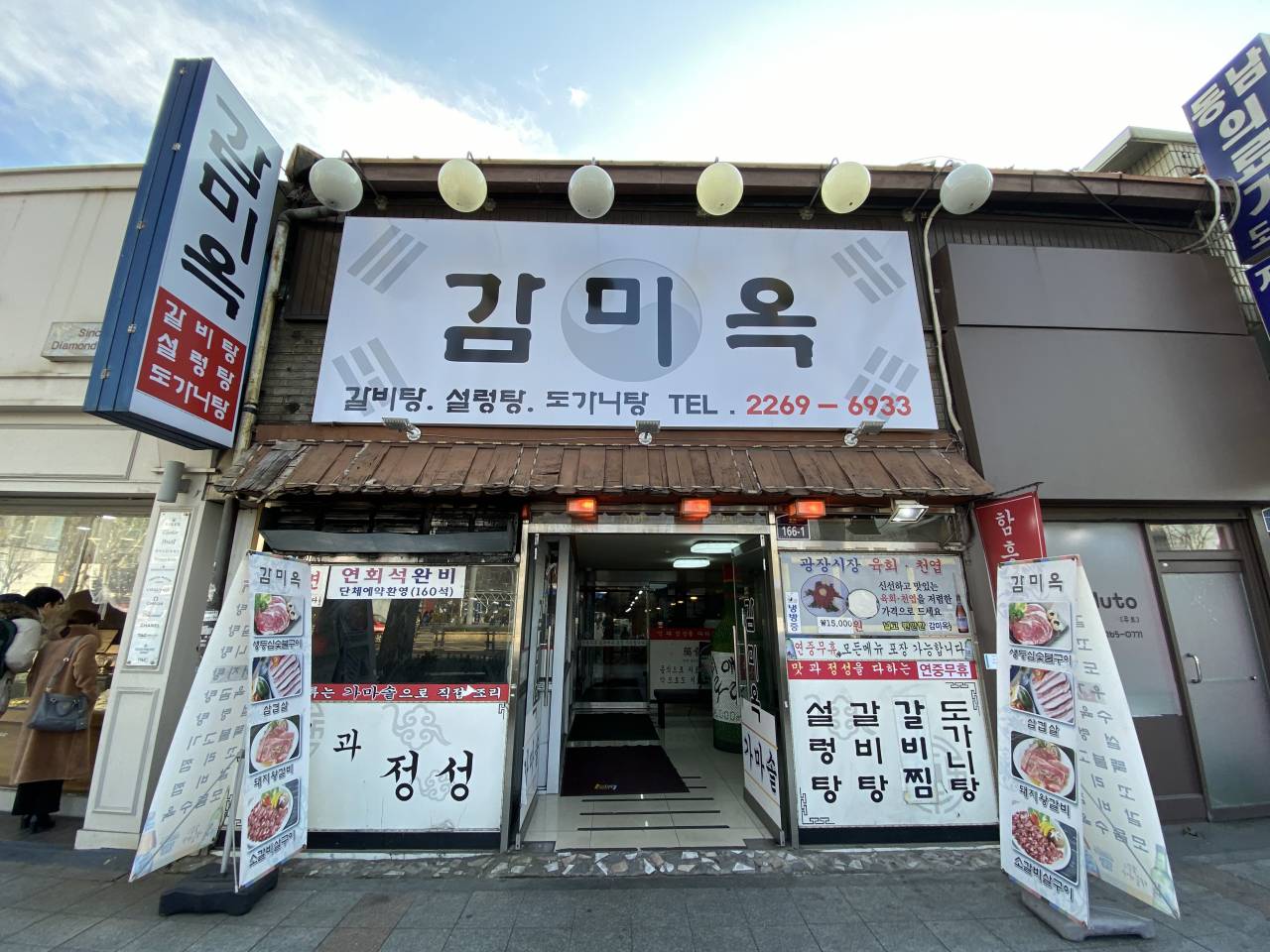
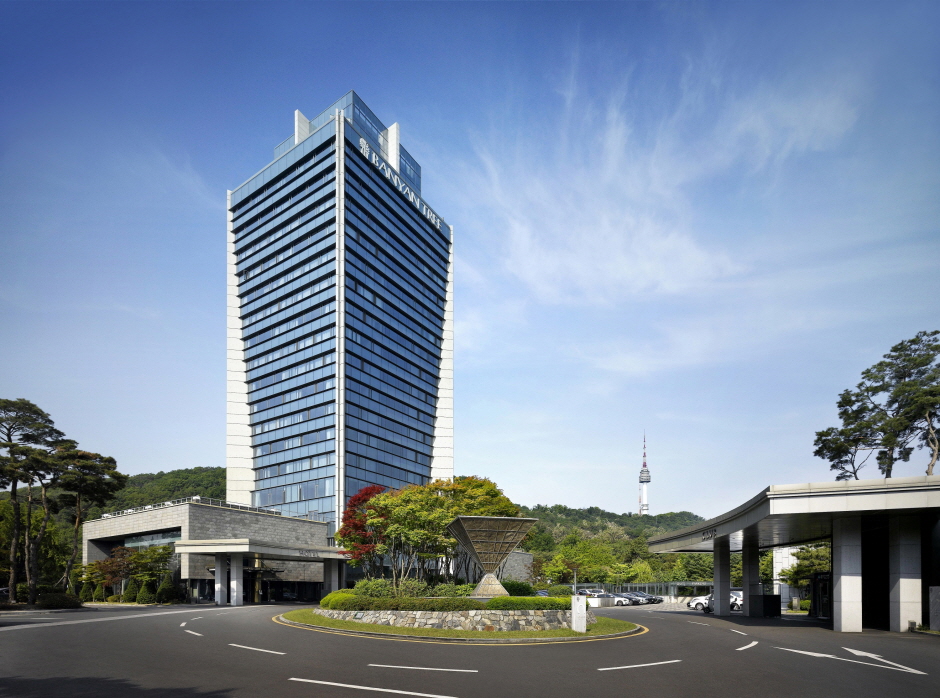
![Lush Korea - Sillim Branch [Tax Refund Shop] (㈜러쉬코리아 신림점)](http://tong.visitkorea.or.kr/cms/resource/88/2880488_image2_1.jpg)
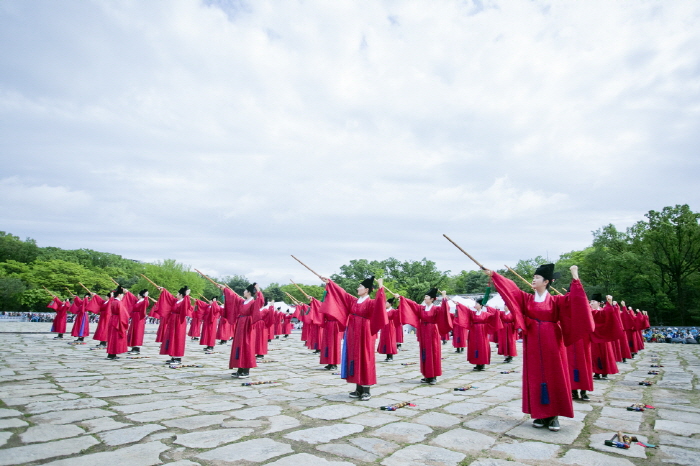
 English
English
 한국어
한국어 日本語
日本語 中文(简体)
中文(简体) Deutsch
Deutsch Français
Français Español
Español Русский
Русский